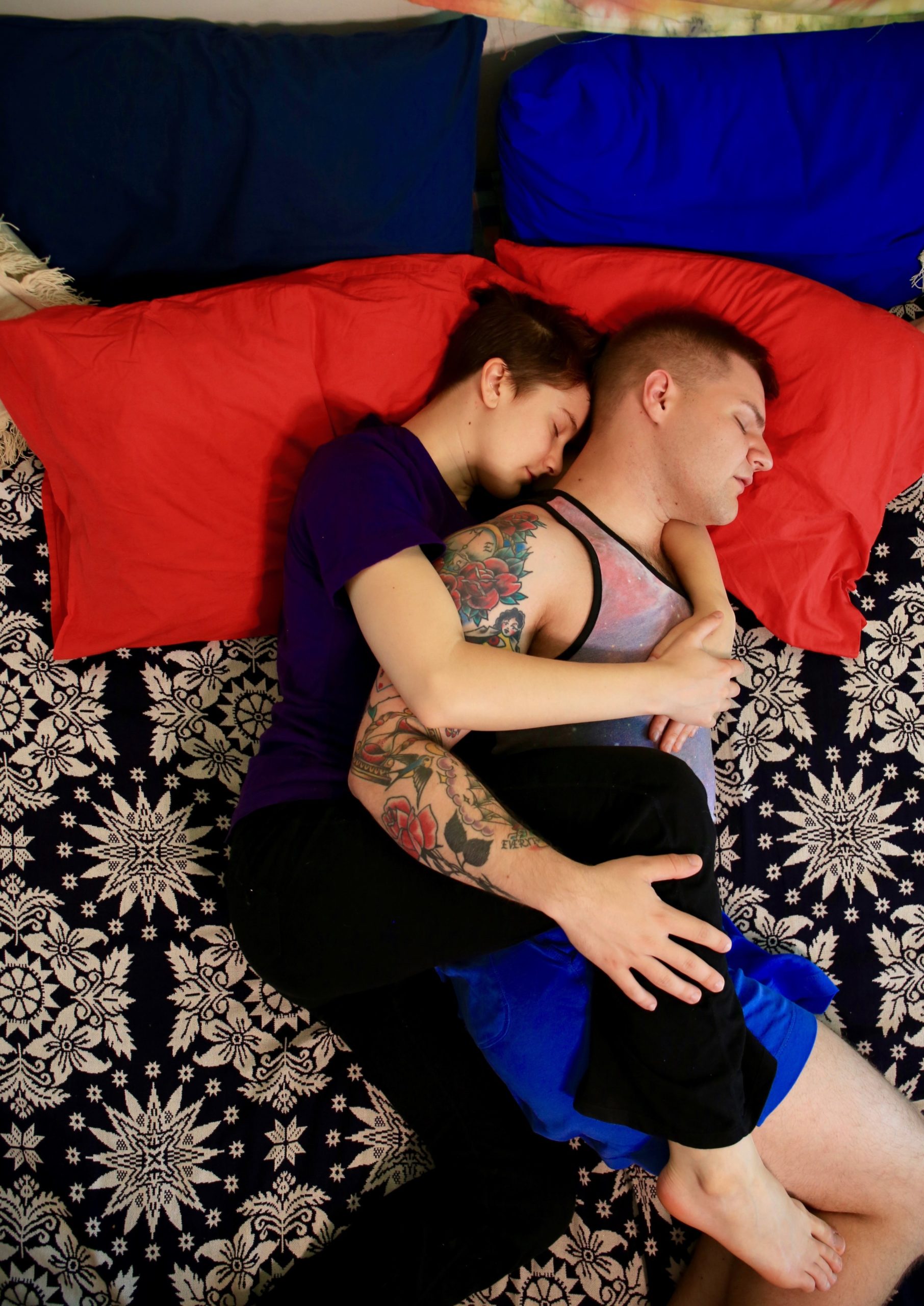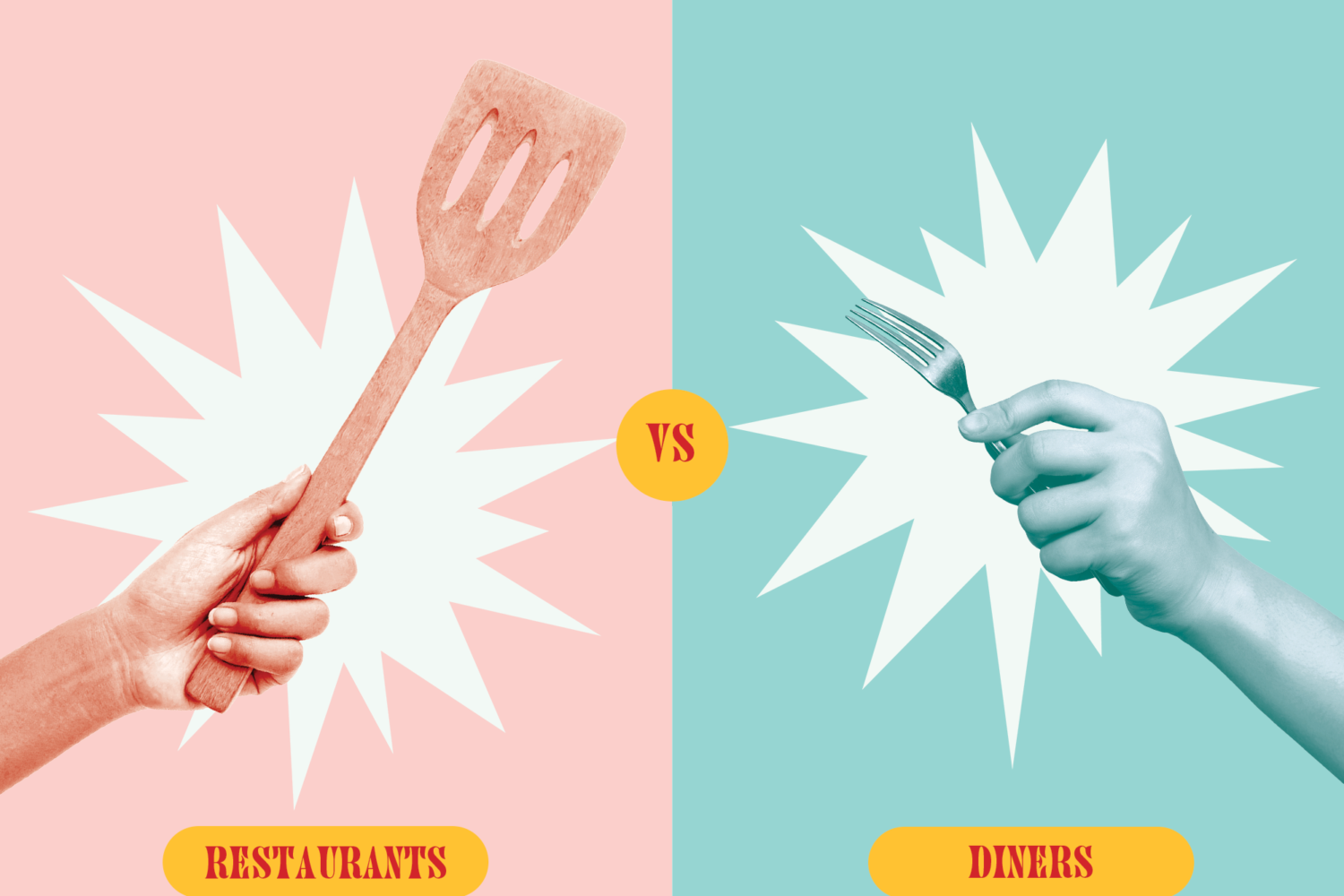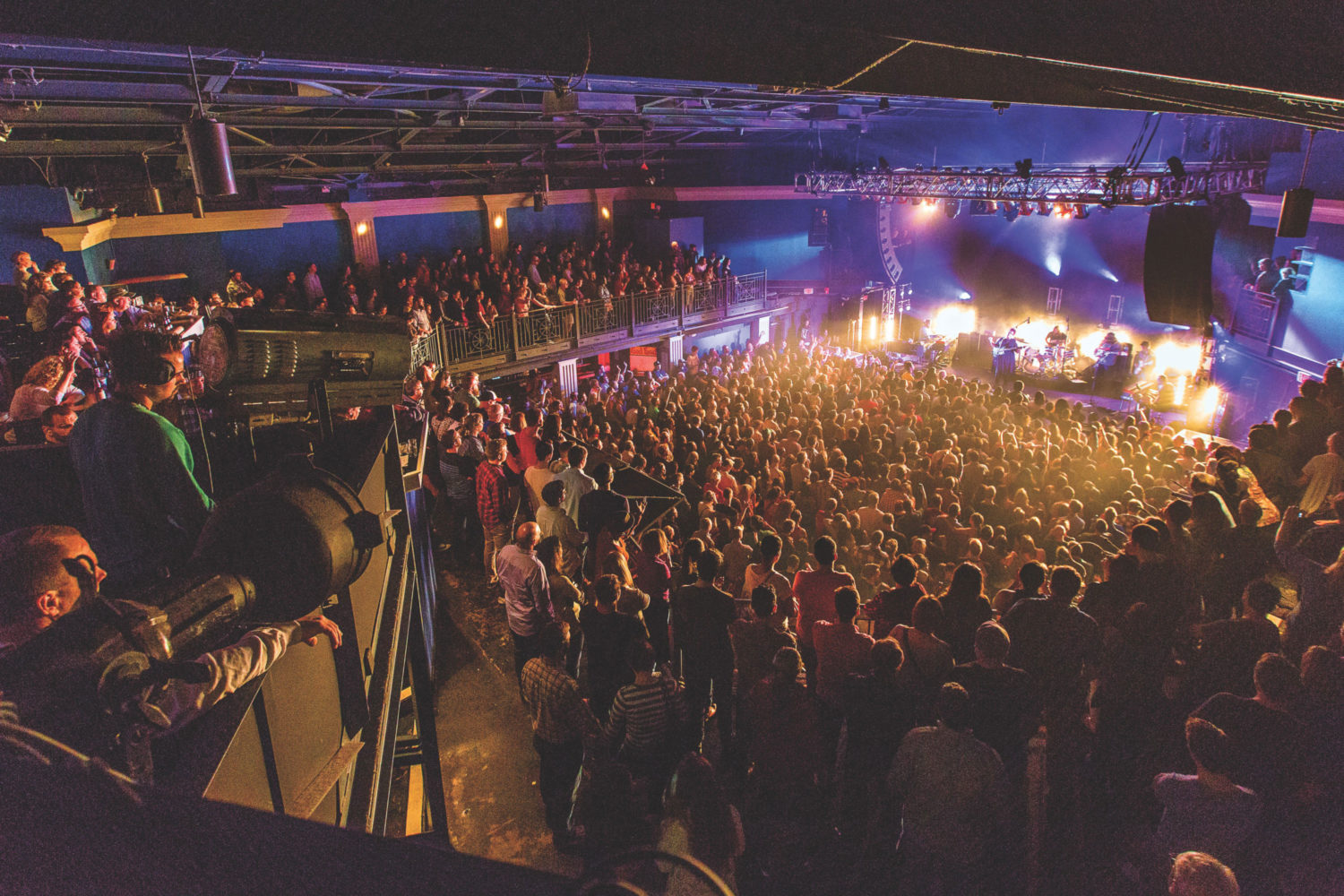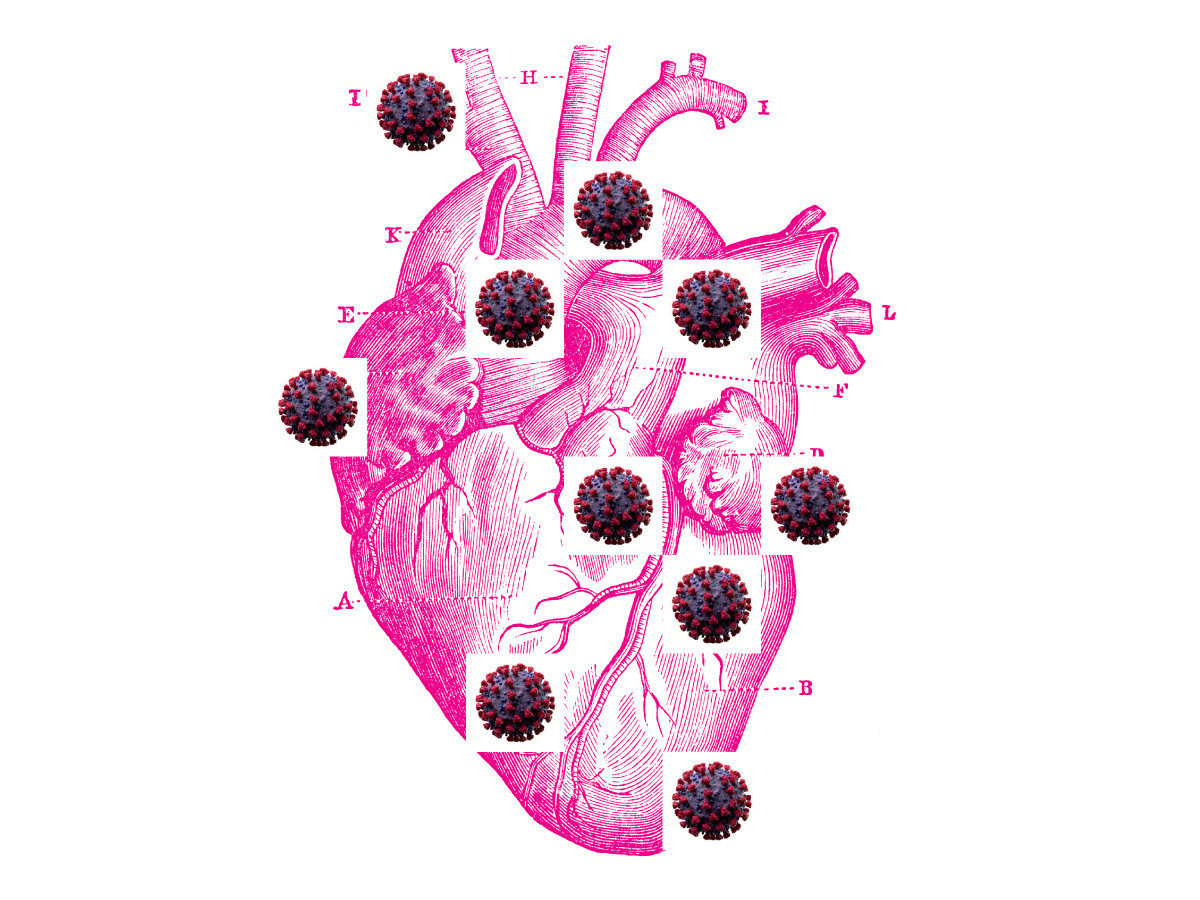Indigo Dawn, a professional cuddler based in Arlington, knows better than anyone that few things are more soothing than a platonic, unselfish hug. We last spoke to Indigo in 2019, well before the pandemic turned physical touch into an area of great emotion and anxiety for many people. So we got back in touch to learn about how Indigo, who uses they/them pronouns, had to change their approach to work over the last two years. Occupational cuddling, they say, is needed now more than ever.
“At the beginning of the pandemic, before vaccines and when numbers were high, I wasn’t seeing anyone in person; I was having virtual sessions. And I really honed an arsenal of healing and connecting techniques that I really value and can apply to virtual and in-person works now. But a lot of people didn’t want virtual sessions, and I totally get why. And so I felt kind of sad when people were reaching out during that time saying, ‘I miss you so much,’ or like, ‘I really want a session with you, I’m feeling so alone,’ and I had to say I’m not willing to put your life at risk or the life of the people I share airspace with. I just didn’t want to be a vector for this virus.
“I think a hard part was when I was giving them real value, and I loved our sessions, many people really wanted in-person cuddling in addition to the healing and the home practices and accountability. They didn’t necessarily come out and say it, but they stopped responding or they stopped having virtual sessions. And that was hard.
“Now, it’s like some people feel safe to see me for a session and some people don’t. And others of my clients hear that I’m requiring boosters, and I don’t think all of my past clients are vaccinated, I don’t know that they are all boosted, and I’m probably not hearing from the ones who are unvaccinated, unboosted.
“Each time that I haven’t seen a client since the beginning of a pandemic and then we sort of reunite, there’s this huge impact that it has on them. Like one client, they had what they described as a ‘life changing experience.’ And I love bringing that transformation, always, all the time, but I think part of it is the type of isolation that people in general have experienced—and certainly I think my clients as well—during the pandemic, and then finally getting that solace to fully relax and be in somebody’s arms and have that space to share freely and, you know, get their oxytocin, get their touch needs met, but also share the platonic, deep connection, platonic intimacy.
“There are others who seem like they’ve been bottling up things to talk about and they just haven’t talked about any of it with anyone. And so I get to help pop that cork and help them release those thoughts, ideas, and memories, and help them make sense of them. And yet others just want a safe place to be exactly who they are.
“Some people are having more mental health issues, some people have less money than they’re used to so they’re having to choose between a talk therapist and a touch therapist. Luckily, in order to try and pandemic-proof my business, I’ve been training as a coach and learning more how to facilitate growth and healing from that space as well to combine with my touch work. But I’m noticing some clients come and they’re wanting more talk, like, they are coming with life issues or they’re sharing about super-challenging life events. So I’m noticing it’s an opportunity for me to bring my training and my skills to help them make meaning of those events, or be okay with feeling whatever they’re feeling and hold that container.
“For a long time with the virtual sessions, I was teaching people to give themselves touch, and even practicing that myself of receiving oxytocin from self touch. It doesn’t tend to be as immersive or as much of a deluge of oxytocin, but it feels good and it is resourcing. And also leading them in sort of guided movement, meditation, which are all part of my work always if the client wants that, but I focused more on those because we couldn’t cuddle. And so I think I’ve more hybridized. I expect this pandemic to continue with new variants; I have no idea what the trajectory will be, so in order for me to keep my livelihood I have to diversify.
“Before the pandemic, I had more of a focus on providing people safety from outside—like, my presence, my energy, my body, and that safe container—and that still is really important. There’s a profound level of healing that can come from touch therapy and in-person, but I really honed my skills at guiding people to walk that journey within themselves.
“Every session has a huge impact. Everyone shows up differently. Some people have so much to tell me, they tell me all of their important life events and the things that they learned, and you know, the big shifts—wild stuff and the the frustrations—and I can tell I am their confidant, I am their outlet for all these important happenings, and I love being able to offer that. There’re some people who come, and it’s like touch is a revelation. And there have always been sessions like that, but it’s been even more so. Like at the beginning, if we have a first hug or when we first start cuddle, I can see on their face there’s a profundity, there’s a meaningfulness to just every session.
“What I’m finding more [now with in-person sessions] is people are like, ‘Oh my god, this is amazing. I wish I could see you like every week,’ or they’re like, ‘Oh my god, I want a five hour session’—I don’t do five hour sessions—people are just so valuing the work.”
You can book Indigo Dawn on Cuddle Comfort.



















